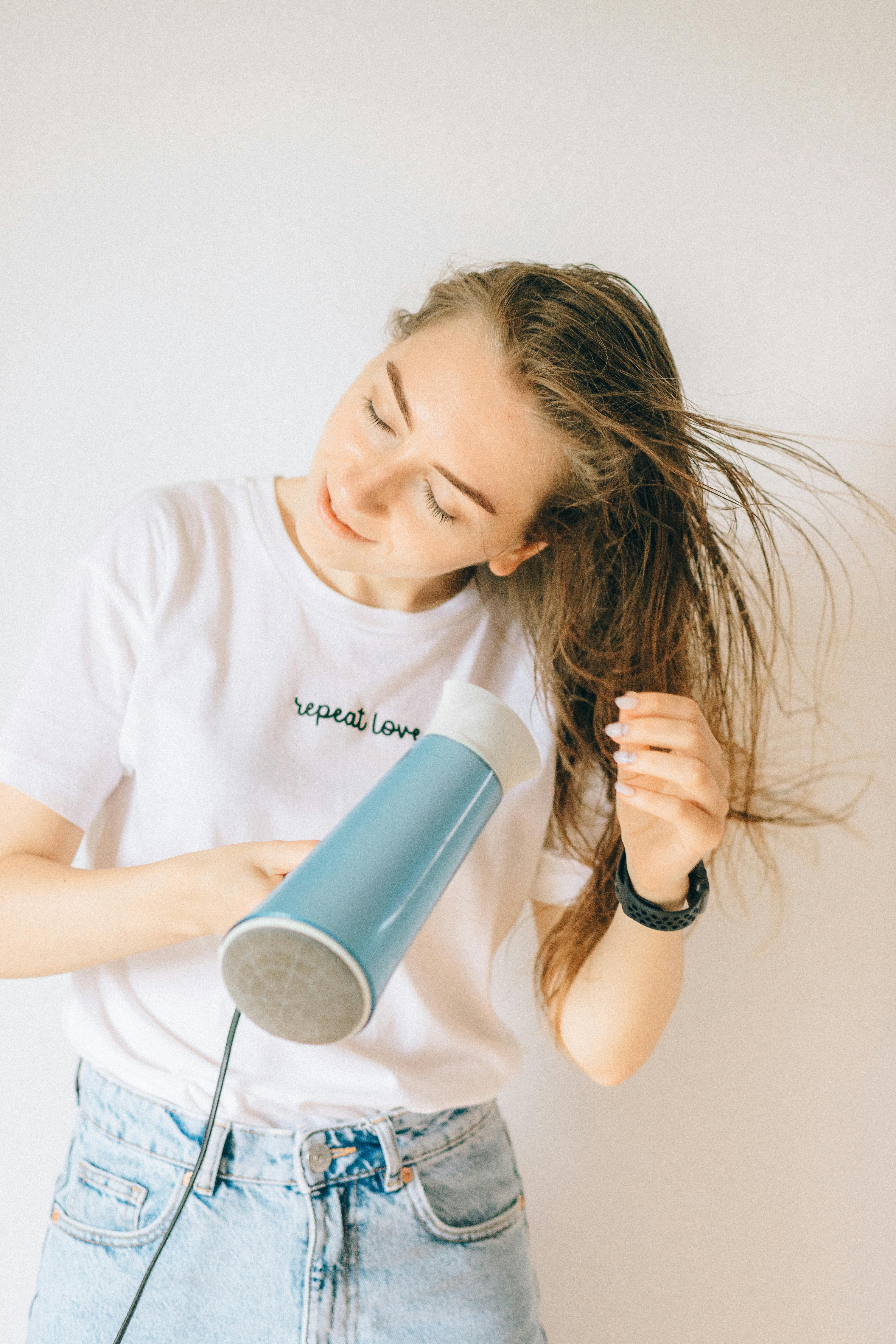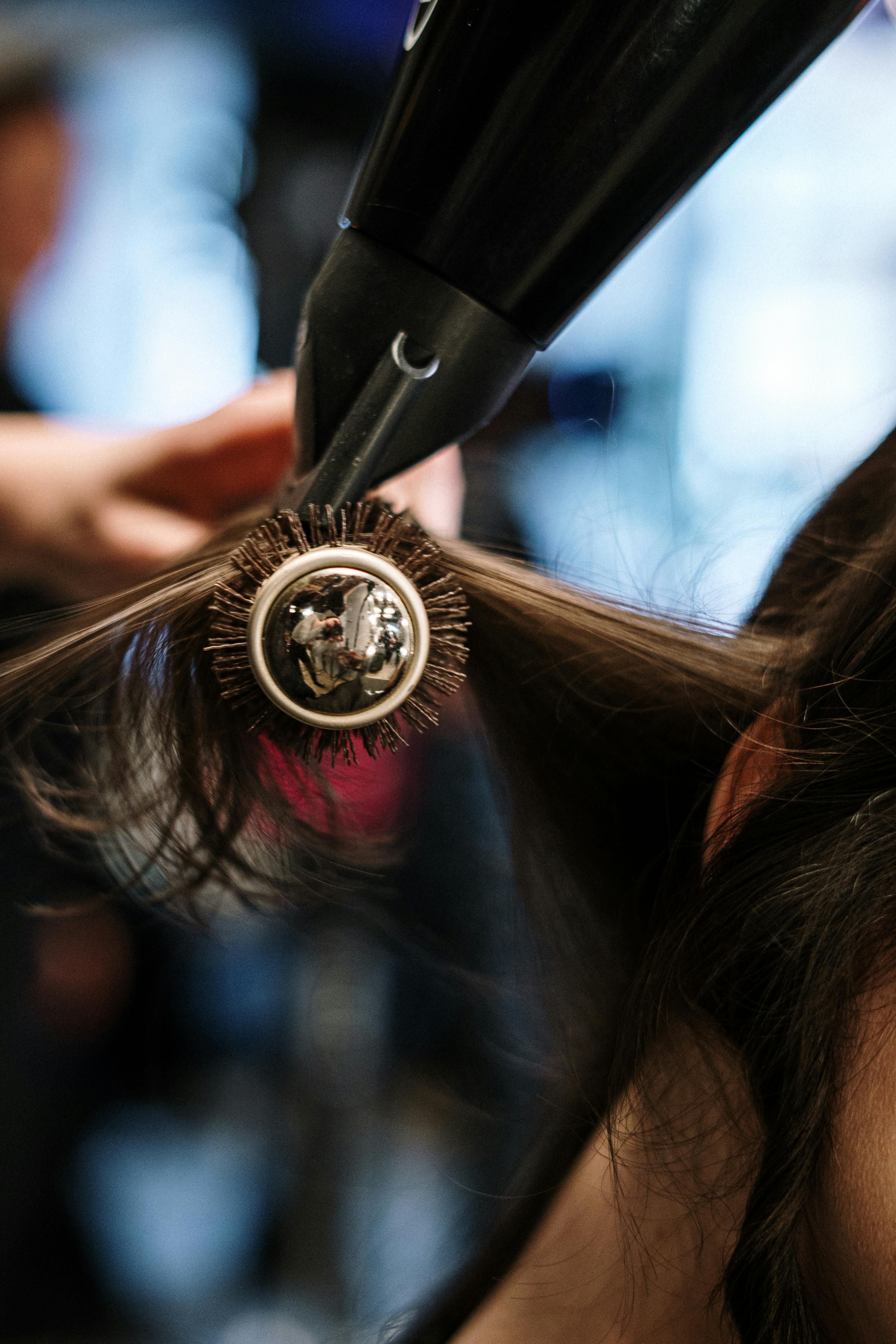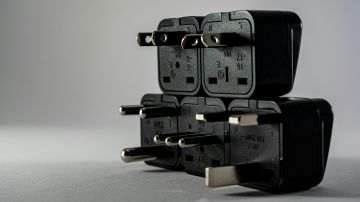While most of us focus on the big energy hogs in our homes—refrigerators, air conditioners, and water heaters—we often overlook the smaller culprits that quietly drain power throughout the day. Your personal grooming routine might seem insignificant in the grand scheme of energy consumption, but those daily minutes spent with electric shavers, curling irons, and the hair dryer add up more than you'd expect. The good news? Simple tweaks to your grooming habits and smarter appliance choices can deliver surprising energy savings without compromising your daily routine.
Understanding Energy Use in Personal Grooming
The energy appetite of grooming appliances varies dramatically. At the low end, a basic electric toothbrush sips just 15 watts of power, while professional-grade styling tools can devour up to 2000 watts—that's more than some space heaters. Wattage matters because it directly translates to what you'll see on your electricity bill. Think of it this way: higher wattage means your meter spins faster every minute that appliance runs.
Here's where kilowatt-hours (kWh) become your friend for understanding real costs. Take a 1500-watt appliance running for 10 minutes daily—that's roughly 0.25 kWh per hour of actual use. Multiply that by a month of daily grooming, and you'll start seeing those costs materialize on your bill. When you consider both your wallet and the environment, keeping tabs on grooming energy use becomes a win-win proposition.
Factors Affecting Appliance Energy Consumption
Several variables determine just how much juice your grooming routine consumes:

• Appliance wattage: The device's baseline power appetite
• Usage duration: How long you actually keep it running
• Settings selection: Heat and speed levels make a huge difference
• Frequency of use: Daily habits create cumulative impact
Here's something many people don't realize: cranking up those heat settings can nearly double your energy consumption. A hair dryer blazing on maximum heat and speed pulls almost twice the power of the same unit running on medium settings. There's a catch, though—sometimes lower settings mean longer drying times, which can eat into your energy savings. The key lies in finding that sweet spot between efficiency and effectiveness.
Grasping these fundamentals puts you in the driver's seat when deciding how and when to fire up your grooming arsenal most efficiently.
Practical Strategies for Reducing Energy Use
Cutting energy use in your grooming routine doesn't require major lifestyle changes—just smarter choices:
Invest in energy-efficient appliances when it's time to replace your current devices. Modern models with variable heat and speed settings give you much better control over power consumption. Today's appliances often run circles around older models when it comes to efficiency.
Start with lower settings and work your way up only if needed. You'll be surprised how many grooming tasks work perfectly fine without maxing out the power. Your hair and skin will thank you too, since excessive heat can cause damage.
Prep smart to cut usage time. For hair drying, spend an extra minute with a towel first—thorough towel-drying can slash your blow-drying time by 30-50%. That's less time with a power-hungry appliance running.

Pull the plug when you're done. Many appliances draw phantom power even when switched off, as long as they're plugged in. It's a small habit that adds up over time.
Key Takeaway: The magic happens when you combine efficient appliances with mindful usage habits—the savings compound beautifully over time.
The Role of Appliance Choice: Spotlight on Hair Dryers
Hair dryers deserve special attention since they're among the biggest energy consumers in most grooming routines. Standard consumer models typically fall between 1000-1875 watts, while compact travel versions run 800-1200 watts, and professional models can push past 2000 watts. Lower heat settings not only save energy but also protect your hair from damage—a double win.
Today's hair dryers come packed with sophisticated controls that let you tailor energy use to your specific hair type and styling needs. Ionic and ceramic technologies in newer models work smarter, not harder, often reducing drying time even at lower temperatures. This translates to better energy efficiency and healthier hair.
Professional models present an interesting paradox. Despite their higher wattage, many feature superior heating elements and airflow engineering that can actually cut total energy consumption by finishing the job faster. For most households, though, a quality mid-range model with good variable settings strikes the ideal balance between performance and efficiency.
Summing Up Energy-Smart Grooming
Creating an energy-conscious grooming routine boils down to two simple principles: choose your tools wisely and use them thoughtfully. The strategies we've covered—selecting efficient devices, dialing in optimal settings, minimizing usage time, and unplugging when finished—work together to create benefits that extend far beyond your monthly electric bill.
These changes support broader environmental goals while keeping more money in your pocket. As a bonus, gentler heat settings and shorter exposure times promote healthier hair and skin, giving you multiple reasons to embrace energy-conscious grooming habits.
Take a moment to evaluate your current routine and consider where these proven strategies might fit. You'll likely discover that meaningful energy reductions don't require sacrificing grooming effectiveness—just making more informed choices about the tools and techniques that serve both your personal care needs and environmental responsibilities
















